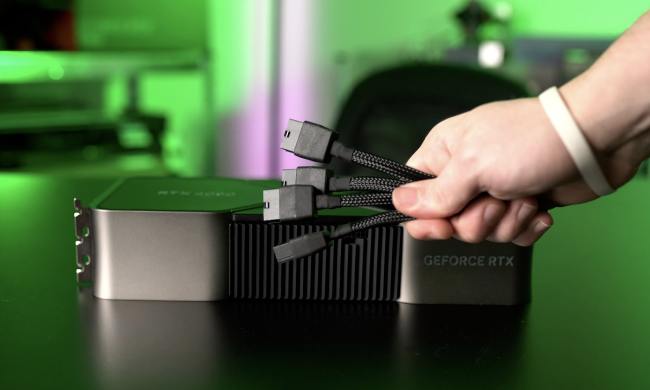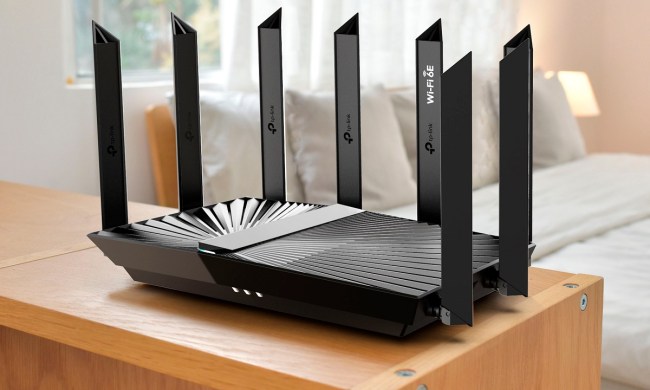
Fans of the popular Japanese pop group AKB 48 received a shocking surprise recently when an entirely new member appeared with the group in a commercial for candy maker Ezaki Glico . The pretty new star’s name was Aimi Eguchi, according to her profile on the AKB 48 website, and everybody was frantically trying to discover more about this 16-year-old singer who had appeared suddenly in the limelight, seemingly out of nowhere.
It turns out, however, that Aimi Eguchi doesn’t really exist. The AKB 48 member is actually a 100 percent computer-generated character, created entirely for the Ezaki Glico ad campaign. Her look is a composite of all the “best features” from the real-life members of AKB 48 that appear in the commercial: a nose from one, eyes from another, mouth from another, etc. Her name is derived from the name of the candy company. And her alleged birthday, February 11, is, in fact, the date on which the company was founded.
The candy maker finally revealed its massive marketing prank this past Sunday when it released a making-of video that showed how Aimi Eguchi came into this world.
If you’re thinking that you’d be able to catch the fake, take a look at the video below and see the masterful CGI work by the commercial’s creators. Even after giving the quick (15 second) clip repeat viewings, knowing full well the truth, Eguchi still looks just as real as the rest of them.
Another mind-blowing factor that likely played a role in fooling AKB 48 fans is that the group has 61 (real) members. Yes, that’s right: There are 61 members of AKB 48. With that in mind, it doesn’t seem so improbable that fans would accept a new member just popping out of thin air.
While some fans were surely devastated that the new AKB 48 member was nothing more than 150 gigabytes of data, others reportedly took a more philosophical approach to the revelation.
“Although Eguchi is not a real person,” says Channel News Asia, “some observers say she possesses the purest essence of what an idol is – a completely artificial persona created by putting together the traits that fans love the most.”
Ain’t that the truth…


